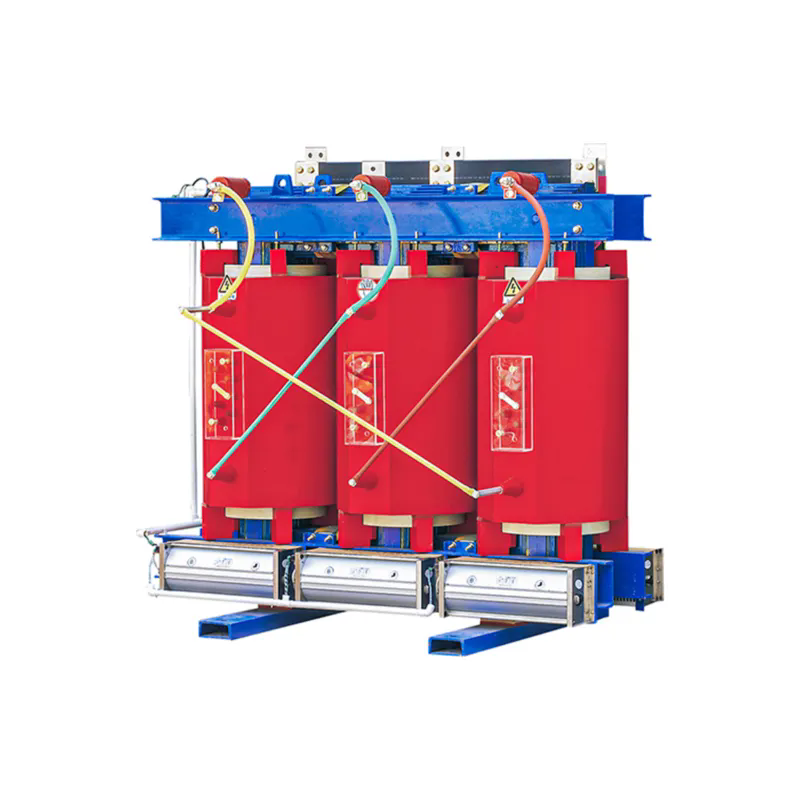Transformer: The Backbone of Modern Power Distribution
2025-06-20
Electricity powers nearly every aspect of modern life — from lighting our homes to running factories. But behind this convenience lies a crucial device that makes it all possible: the transformer. Often unseen but always essential, transformers are the silent workhorses of electrical systems, enabling efficient transmission and distribution of electricity over long distances.

What is a Transformer?
A transformer is an electrical device that transfers electrical energy between two or more circuits through electromagnetic induction. Its main function is to step up (increase) or step down (decrease) voltage levels, making power transmission more efficient and suitable for different applications. Transformers are commonly used in power plants, substations, industrial equipment, and household electronics.
How Does a Transformer Work?
A transformer operates based on Faraday’s Law of Electromagnetic Induction. It typically consists of:
Primary coil (connected to the input voltage)
Secondary coil (connected to the output voltage)
Core (usually made of laminated steel to reduce energy losses)
When an alternating current (AC) flows through the primary coil, it creates a magnetic field in the core. This magnetic field induces a voltage in the secondary coil, changing the voltage level based on the turns ratio between the two coils.
Types of Transformers
1. Power Transformers
Used in transmission networks to handle high voltage and large loads, typically found in substations and power generation facilities.
2. Distribution Transformers
Located near end-users, these step down voltage for safe use in homes, offices, and small industries.
3. Isolation Transformers
Used to separate electrical devices from the power source for safety and noise reduction.
4. Instrument Transformers
Includes current transformers (CTs) and voltage transformers (VTs), used for measurement and protection in electrical systems.
5. Auto-Transformers
Uses a single coil for both primary and secondary sides, more compact and efficient for specific applications.
Applications of Transformers
Electric power transmission and distribution
Industrial machinery and automation
Renewable energy systems (solar/wind inverters)
Railway electrification
Consumer electronics (chargers, adapters)
Every time you plug in an appliance or flip a switch, a transformer has likely played a role in making that electricity usable.
Advantages of Transformers
Efficient energy transmission over long distances
Voltage control for safe and reliable operation
Durable and low maintenance
Scalable to meet different power demands
Essential for integrating renewable energy into the grid
Conclusion
The transformer is an indispensable part of the global electrical infrastructure. By enabling safe and efficient voltage conversion, transformers make it possible to deliver electricity from power plants to the end user — reliably and cost-effectively. As our world continues to grow more electrified and connected, transformers will remain a cornerstone of energy systems, powering the future with quiet strength.


